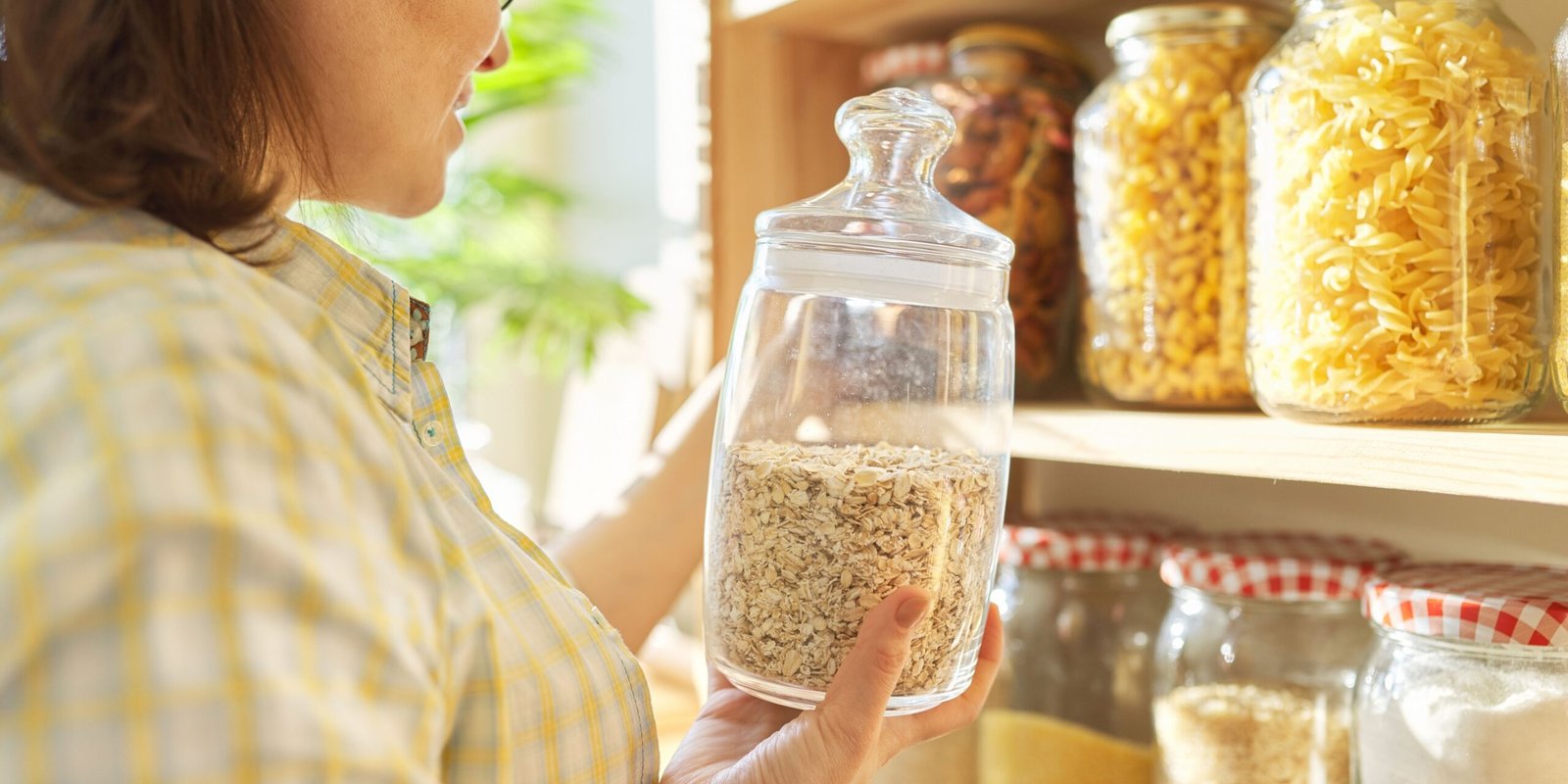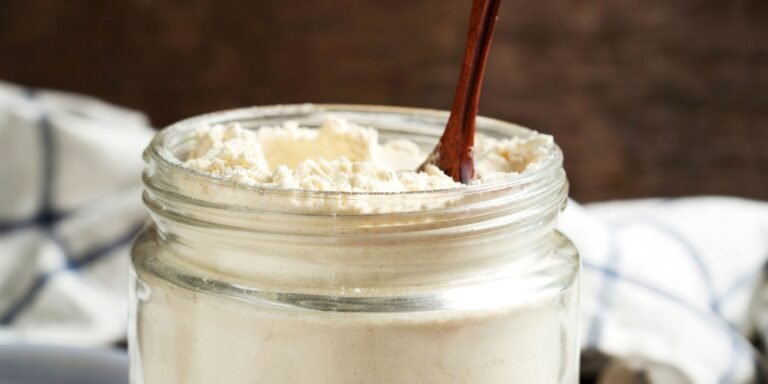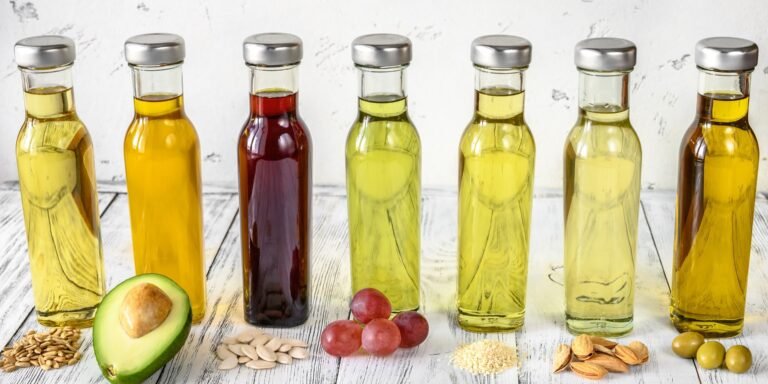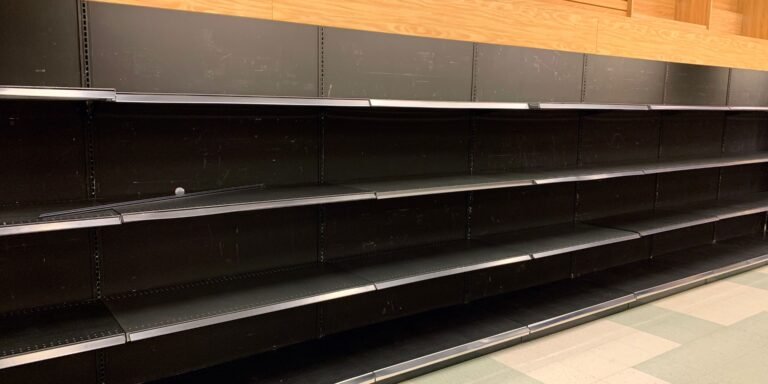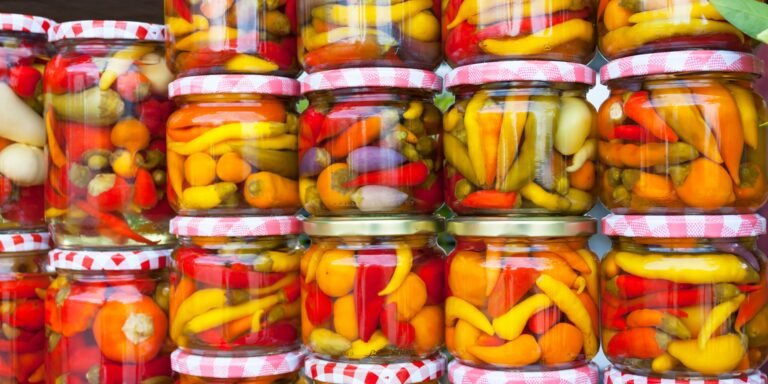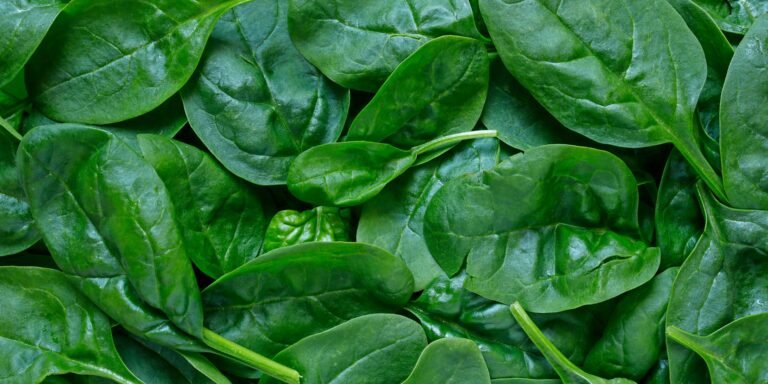The Ultimate Guide To starting A Perfect Prepper Pantry
This post may contain affiliate links, full disclosure here.
Disasters strike when we least expect them. Regrettably, there are numerous situations that can disrupt our daily life. Natural disasters (earthquakes, tsunamis, floods, tornadoes) rob people of their homes; wars wipe out large populations, and hunger kills without compassion. In any case, humanity is occasionally surprised by the worst.
See also: Top 20 Barter Items to Stockpile
Benefits of Stocking Your Pantry
Long-term food storage is critical for emergency preparedness, and it necessitates meticulous planning.
Pantries are necessary since they come in useful during a SOTF situation. You never know when the government will declare a biological assault and order everyone to remain indoors. Natural disasters can also prevent you from getting to the store, forcing you to rely on what you have.
Aside from getting you through an emergency, a well-stocked pantry can help you avoid wasting money. It’s expensive to go to the food shop every few days, especially if you have to drive there.
When you’re shopping for groceries, you’re probably going to buy a few things on the spur of the moment. You may avoid these costly journeys if you have a well-stocked pantry because you can always grab anything from your reserve.
See also: How To Store Quinoa Long-Term
Survival Pantry Tips
All of this is achievable, whether it’s recalling what we learned in school, reading a few history books, or simply looking back in time. Recognizing that any disaster could strike, our instincts tell us that we must respond and act. A survival pantry comes to mind in this situation. It has the potential to be the best option for survival supplies.
When it comes to vital situations, these small storerooms are absolutely necessary. It’s possible that you won’t be able to find goods in the markets, or even worse, that you won’t be allowed to leave your house, forcing you to rely solely on what you bought previously.
When it comes to stocking your pantry, you don’t have to buy everything at once. It would be a lot of work for you, but you’d also make it more difficult for others to find things. Purchasing in large quantities isn’t always a wise idea. You’ll be able to construct your “castle” piece by piece.
The day you decide you want a more concrete plan in place for these types of scenarios is the day you begin your buying. After that, whenever you go shopping, put any of these extra products in the pantry. You can keep doing this until you’re satisfied with the number of supplies in your larder.
It is critical that your environment be darker and cooler. Food will remain longer if the temperature is lower and sunlight cannot reach it.
Having a well-stocked survival cabinet, however, does not guarantee that you made the best decisions. After all, the edibles are the main attraction. Make sure you and your family members talk about the foods you all like before you go shopping. It would be a disaster if you were missing some of the most important ingredients during a disaster.
There is one trick to improving your survival pantry and making it ready to withstand any emergency. A pantry is often just a space with shelves where you keep your groceries, but you might be able to improve it!
If you have the option of placing a freezer and connecting it to a socket, you should do so. Frozen food can be stored for longer periods of time, and your meat can retain its freshness. Play around with what you’ve got to achieve the best of both worlds.
See also: Shelf Life Of Wheat Berries
Buying in Bulk
Buy in bulk whenever possible. There will be expenditures associated in putting up a survival pantry for four people that needs to last for a few months; food is not cheap in general, and especially not when you need so much of it.
Nonetheless, buying in bulk is always less expensive. Purchasing a 20-pack of canned ravioli will be less expensive than purchasing a single can, and purchasing a 20-pound bag of rice will be less expensive than purchasing a single tiny box of rice. Purchasing in bulk is the way to go in this situation.
Essential Items To Always Keep In The Pantry
- Water, juices, sodas (better bought in bulk)
- Protein bars (you can also make them at home)
- Oats, cereal, cornflakes (for breakfast)
- Crackers, biscuits (depends on your taste what you prefer, starting with pretzels, ending with butter biscuits)
- Dried fruits
- Sunflower seeds, goji seeds, and chia seeds (great to strengthen your immunity)
- Nuts, almonds (great protein carriers)
- Can goods (huge variety including soups, meat, vegetables, fruits, sauces)
- Rice
- Pasta
- Vegetables (longer-lasting ones, for example, potatoes, carrots, parsley, etc.)
- Fruits (longer lifespan, for instance, apples, pears, mango, etc.)
- Fruit jars (various ones like cherry, apricot, prunes, etc.)
- Jams
- Butter (if it’s cold enough, it won’t be damaged)
- Sugar
- Flour (especially bread flour to make your own bread)
- Oil
- Spices, herbs, condiments
- Yeast, baking soda
- Sweets (counting candies, chocolate, etc.)
- Coffee, tea
- Powder milk, plant-based milk. (these two last longer than the usual milk in this environment)
Nonetheless, the list may differ from person to person, but the essentials have already been provided. You can opt to delete or add products to the list based on your dietary requirements. It’s all up to you. Make informed decisions.
Some individuals adore canned meat like canned ham, while others despise it. However, it’s a useful item to have on hand, and you’ll be astonished at the variety of dishes you can prepare with it. Chicken from a can can be rather tasty. Salmon croquettes made with canned salmon may be delectable and unexpectedly sophisticated. You can make spam musubi if you get a sushi craving.
Meat substitutes on the list, such as textured vegetable protein, may surprise you (TVP). If properly stored, TVP can endure up to 20 years. TVP is used to make imitation bacon bits, which stay far longer than actual bacon.
Finally, think of dry-cured meats like whole country hams, which can survive indefinitely if left unsliced, and dry-cured bacon, which doesn’t need to be refrigerated. (Dry-cured bacon is not to be confused with the wet-cured bacon found in the refrigerated department.)
What To Look For When Shopping For Your Survival Pantry
Although there is a specific food list below — and you’ll be OK if you stick to it – it’s important to grasp the basic differences between what’s excellent for your survivalist pantry and what isn’t. It’s easier to adapt or improvise if you know what you’re doing.
Basic requirements:
- Long storage life. Even while you aren’t attempting to equal the 20-30 year shelf life of freeze-dried food or the 5-8 year shelf life of MREs, you should still choose sturdy products with care. Anything that doesn’t last at least a year should be avoided.
- It’s simple to store. Packaging that is more durable, such as that found in a can or box, is preferable to that found in potato chips. Food that needs to be kept cold or frozen isn’t automatically excluded, but don’t put too much reliance on electricity.
- It’s simple to put together. You could not have utilities or other items that make cooking easier in a situation where you’re reliant on this cuisine. As a result, we prefer foods that may be eaten raw, require very minor reheating or rehydration, or are simple to combine with other components.
- Nutritional. While mental/emotional comforts are important in a crisis, you don’t want to make matters worse by attempting to survive on junk food – particularly Nuclear Twinkies.
- Calorie density is a measure of how many calories are in a given Some foods (or the way they’re packaged) provide more caloric bang-for-your-buck than others, and limited space is generally the largest issue when stocking a pantry.
- Restricted eating habits. It’s not the time to be fussy in an emergency, but it’s fine to avoid items that your entire family despises, are forbidden by your beliefs, or that someone has a dietary problem with (eg. lactose or gluten.)
There’s an old adage about healthy grocery shopping: stick to the outer aisles, where you’ll find fresh meat and veggies, and stay away from the interior aisles, where you’ll find processed, sugary goods. When shopping for preps, shop the inner aisles, which are typically where shelf-stable items are exhibited.
Apart from money, one of the most significant constraints in creating your own at-home grocery store is room. So you’re trying to fit as much nourishment as possible into as little space as possible. The majority of the meals on this list are already dense (for example, a bag of rice), but even a half-food, half-air bag of pasta can build up over time.
A large bag of potato chips, for example, is roughly the same size as a 20-pound container of pinto beans. A cup of chips contains around 137 calories, 9.4 grams of fat, 12.4 grams of carbohydrates, and 1.6 grams of protein, whereas a cup of pinto beans contains 240 calories, 1 gram of fat, 44 grams of carbohydrates, and 16 grams of protein. Not to mention the fact that the bag of chips is bursting at the seams with air.
Beans are an excellent illustration of how to consider factors such as simplicity of preparation, nutritional value and density, and adaptability. For example, having both dry and canned (wet) beans is a good idea because dry beans last longer, while canned beans can be consumed immediately out of the can without consuming any energy.
Beans also go well with other staple ingredients, not only for flavor and diversity but also as a potent combination that ups your preparing game – which is why USAID suggests teaming beans with grains in an emergency.
Food Storage Mistakes
- Keeping food in containers that aren’t mylar bags or food-grade containers.
- Leaving desiccant packs out of your food storage containers.
- You didn’t put a date on the food you stored in your containers.
- Keeping food outside or in sheds is a good idea.
- Keeping food in places like attics, bathrooms, and utility rooms, where moisture is more prone to gather.
- Keeping food in direct sunlight is a bad idea.
- You’re not rotating your food as often as you should be.
- Keeping food that you don’t like or won’t consume.
- Canning rings are left on canned foods.
- Not allowing your food to dry completely before storing it.
- Failure to correctly heat seal your mylar packages.
- Keeping your older food in the rear is a good idea (you should store older food upfront so you eat it first).
- Keeping all of your food together in one place.
- Leaving out comfort foods (there’s nothing wrong with keeping comfort foods like candy or sugar on hand to improve your spirits).
- Leaving out condiments or spices (which you’ll need later to aid improve flavour).
Food To Avoid For Your survival Pantry
Brown sugar is a type of sugar that has a brown Brown sugar has a lot of contradicting information. Some organizations, such as the LDS Church, advise against preserving it, whereas DoesItGoBad.com claims that it lasts a long time. It won’t go bad, but it will harden over time, in our experience. If you can break up the sugar, you can use it. Brown sugar is a common component in many recipes, so having some on hand is a smart idea, but we wouldn’t fill a bucket with it.
Brown rice is a type of rice that comes in Brown rice has an oily covering that restricts its shelf life to 6-12 months, but white rice can last for decades. Cooking takes longer, which means more fuel is consumed.
Flour made from whole wheat. Because of its increased fat content, whole wheat flour, like brown rice, does not last as long as white flour. If you prefer whole wheat flour, consider grinding your own wheat berries instead of flour because the berries will last much longer.
Jerky. It is not only pricey, but it also only lasts a year or two.
Granola. Granola is an excellent trekking snack, but it only lasts six months.
Nuts. They’re nutrient-dense and shelf-stable, but keep in mind that their high-fat content restricts their shelf life.
Stocking your Survival Pantry
Don’t pile a bunch of identical goods on top of each other. You won’t want to consume the same meal over and over if you have to rely solely on what you have in your storeroom. Labeling your things may also assist you in locating their contents and expiration dates in the future. Organize each shelf to make things easy for yourself.
Don’t forget to mix your products on the shelves as well. You don’t want to wind up with food that has gone bad. Products that are nearing their expiration date should be placed at the front, while those that will last longer should be placed in the back.
Ensuring You’ve Got Enough to Last
It’s also vital to consider the amount of food you’ll receive. After all, even high-quality, nutrient-dense foods can only keep you going for so long. Adult females require between 1500 and 2000 calories per day on average, while adult males require up to 2500 calories per day.
As a result, you’ll want to stock up on foods with high-calorie content. Of course, in a survival crisis, your caloric intake can be drastically reduced, allowing you to stretch this. Remember that a regular human being needs a minimum of 1200 calories every day to survive.
Freeze-Dried Food and Why It Is a Big Deal
If you looked through the first list and were startled to see nothing freeze-dried, there’s a reason for that. Freeze-dried foods are deserving of their own section. They are foods that can only be purchased in professionally packaged form.
So, what distinguishes freeze-dried foods from other dried foods? In a nutshell, they’ve been frozen in time. When compared to canning or drying, this method allows the food to maintain greater nutritional content. It also helps to restore the food’s original appearance and flavour after rehydrating it with a little water.
In fact, it takes less water to restore the look of freeze-dried foods than it does to restore the appearance of dehydrated foods.
The sole disadvantage of freeze-dried food is its high price. Many preppers consider this to be a deciding factor. Start with the things below if you can only afford to add a few freeze-dried goods to your food storage because there aren’t many other options for long-term storage.
- Cheese powder — life will be better with cheese.
- Milk.
- Butter.
- Scrambled Eggs.
- Pilot Crackers — These will still taste great after years, unlike Saltines.
There are several freeze-dried meals available in cans or pouches, such as beef stroganoff or chicken teriyaki. Mountain House even sells emergency food buckets with a variety of meals in them. To be honest, they don’t taste as nice as home-cooked meals, but they’re still a wonderful option if you need to make a dinner quickly and easily.
If you do decide to buy freeze-dried food, keep in mind that the servings per container are calculated using a calorie-based diet. The portions will most likely be substantially smaller than the usual dinner today. Plan ahead if you know you’ll have some large eaters, and don’t think a can that advertises 40 servings will actually serve that many.
Bottom Line Basic Tips For Your Survival Pantry
You’ll need to invest more than money to do a good job and build the perfect survival pantry: time. It shouldn’t be a difficult task, but it will necessitate meticulous consideration and smart planning. Take your time, plan ahead of time, and maintain your warehouse tidy.
It would be a shame to let a pantry go to waste if you have the room. Make sure you have everything you’ll need to stay alive.
Food storage necessitates forethought and expense. However, having adequate food for an emergency will relieve tension, especially if you have a family to care for.
Some canned goods include toxic additives that can make the meal dangerous or prevent it from staying fresh as long as it should. Before you buy something, read the label.

